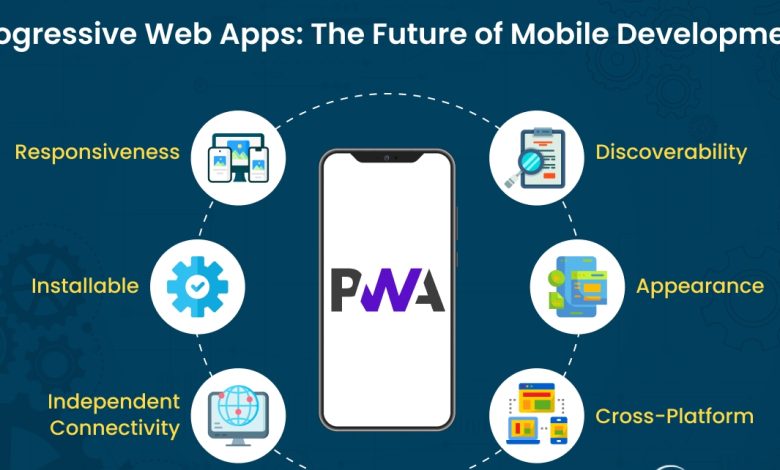The Power of Progressive Web Apps (PWAs)

Websites and mobile apps have long existed as separate entities—websites for reach, apps for engagement. But what if you could combine the best of both worlds? That’s exactly what Progressive Web Apps (PWAs) do.
PWAs are fast, reliable, and engaging apps that run in the browser while offering an app-like experience. In this article, we’ll explore what PWAs are, their benefits, and how you can build one for your projects.
1. What Are Progressive Web Apps?
A Progressive Web App is a web application enhanced with modern web technologies to behave like a native mobile app.
Key features include:
- Installability → Users can add PWAs to their home screen.
- Offline Support → Thanks to service workers.
- Push Notifications → Engage users like native apps.
- Fast Loading → Even on poor networks.
2. The Core Principles of PWAs
According to Google, PWAs should be:
- Reliable → Load instantly, regardless of network.
- Fast → Respond quickly to user interactions.
- Engaging → Feel like a native app with immersive UX.
3. How PWAs Work
PWAs are powered by three core technologies:
- Service Workers → Handle caching and offline functionality.
- Web App Manifest → Defines how the app appears on devices.
- HTTPS → Ensures secure connections for trust and safety.
4. Benefits of PWAs
- Cross-platform → Works on any device with a browser.
- No App Store Approval → Install directly from the browser.
- Lower Development Costs → One codebase for web and mobile.
- Improved Engagement → Push notifications and offline features keep users coming back.
5. Real-World Examples of PWAs
- Twitter Lite → 70% reduction in data usage, 65% increase in pages per session.
- Pinterest → 60% increase in engagement after launching their PWA.
- Spotify Web Player → Works seamlessly as a PWA.
These examples show how PWAs drive real business results.
6. Building a Basic PWA
Steps to create a PWA:
-
Add a Web App Manifest (
manifest.json):
-
Register a Service Worker:
-
Use Service Worker for Caching (
sw.js):
7. PWAs vs Native Apps
| Feature | PWA | Native App |
|---|---|---|
| Installable | ✅ Yes | ✅ Yes |
| Works Offline | ✅ Yes (with SW) | ✅ Yes |
| Push Notifications | ✅ Yes | ✅ Yes |
| App Store Required | ❌ No | ✅ Yes |
| Development Cost | 💰 Lower | 💰 Higher |
8. Limitations of PWAs
- Limited access to device hardware (compared to native apps).
- Performance may not match complex native apps (e.g., high-end games).
- Not all browsers support every PWA feature equally.
9. Tools and Frameworks for PWAs
- Workbox → Google’s library for managing service workers.
- Lighthouse → Audit tool for PWA compliance.
- Frameworks: React, Angular, Vue, and Svelte all support PWA setups.
10. Future of PWAs
As browsers evolve, PWAs will gain even more native-like capabilities, such as:
- Deeper OS integration.
- Access to sensors and hardware APIs.
- More seamless offline-first experiences.
Conclusion
Progressive Web Apps represent the future of cross-platform development. They provide the reach of the web combined with the engagement of native apps—without the high costs of building separate platforms.
If you want your app to be fast, engaging, and universally accessible, PWAs are the way forward.

